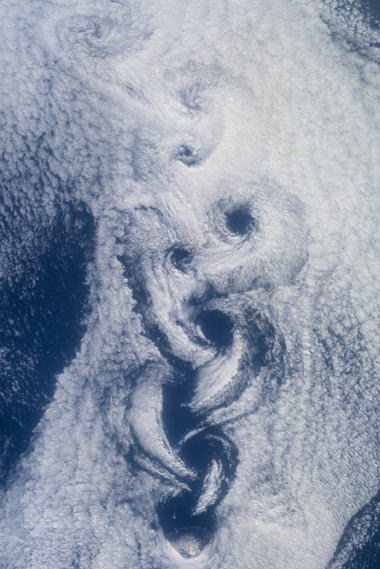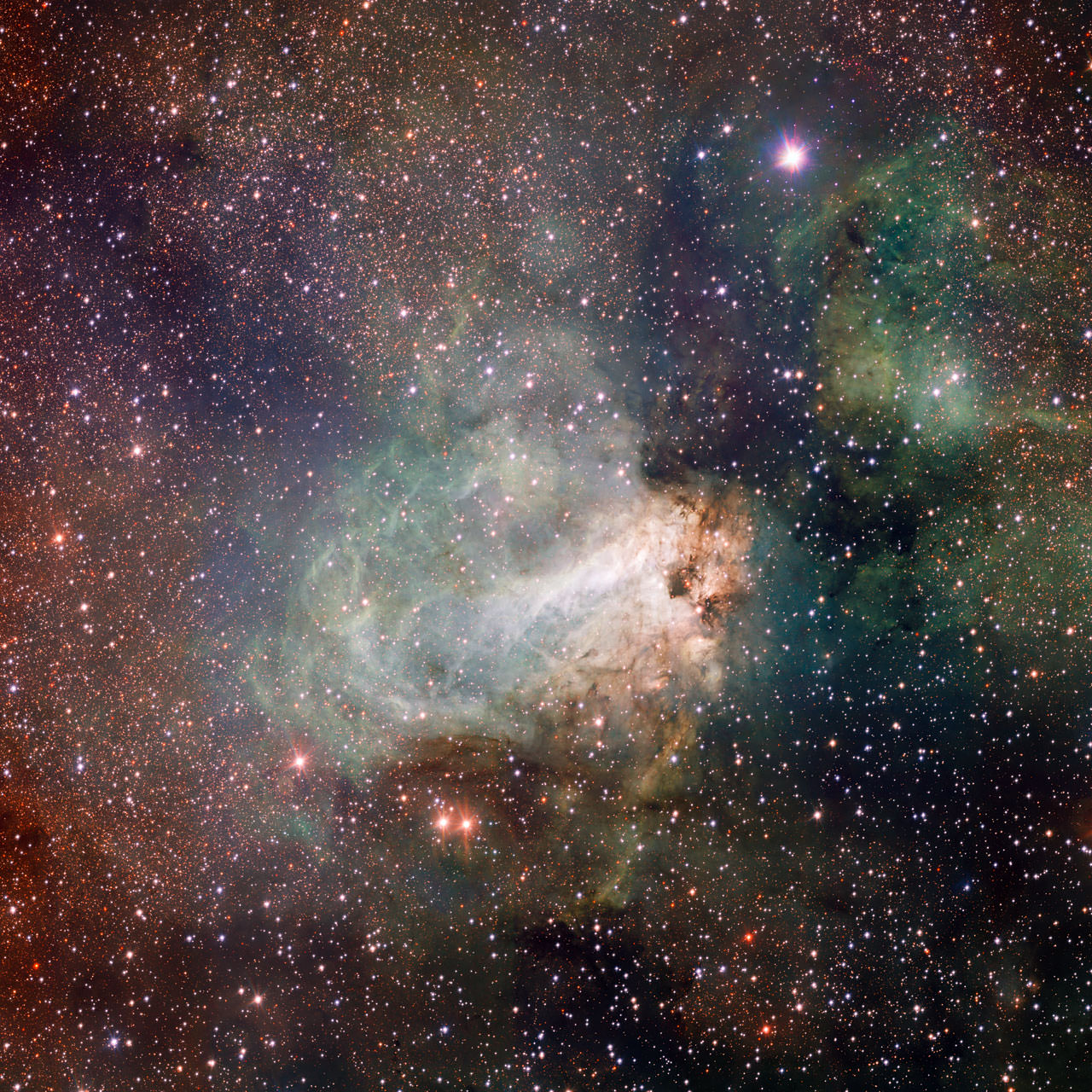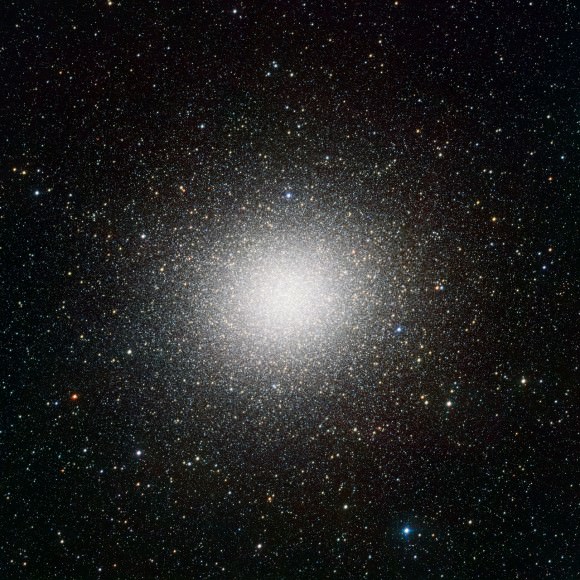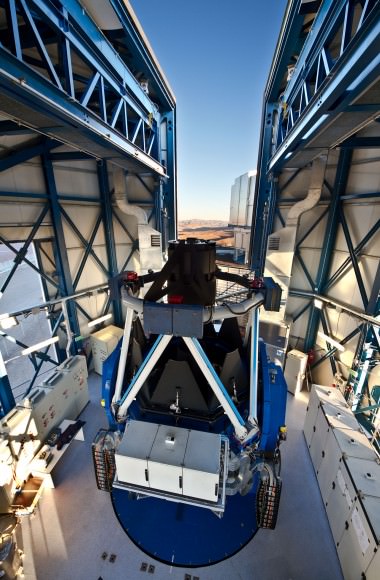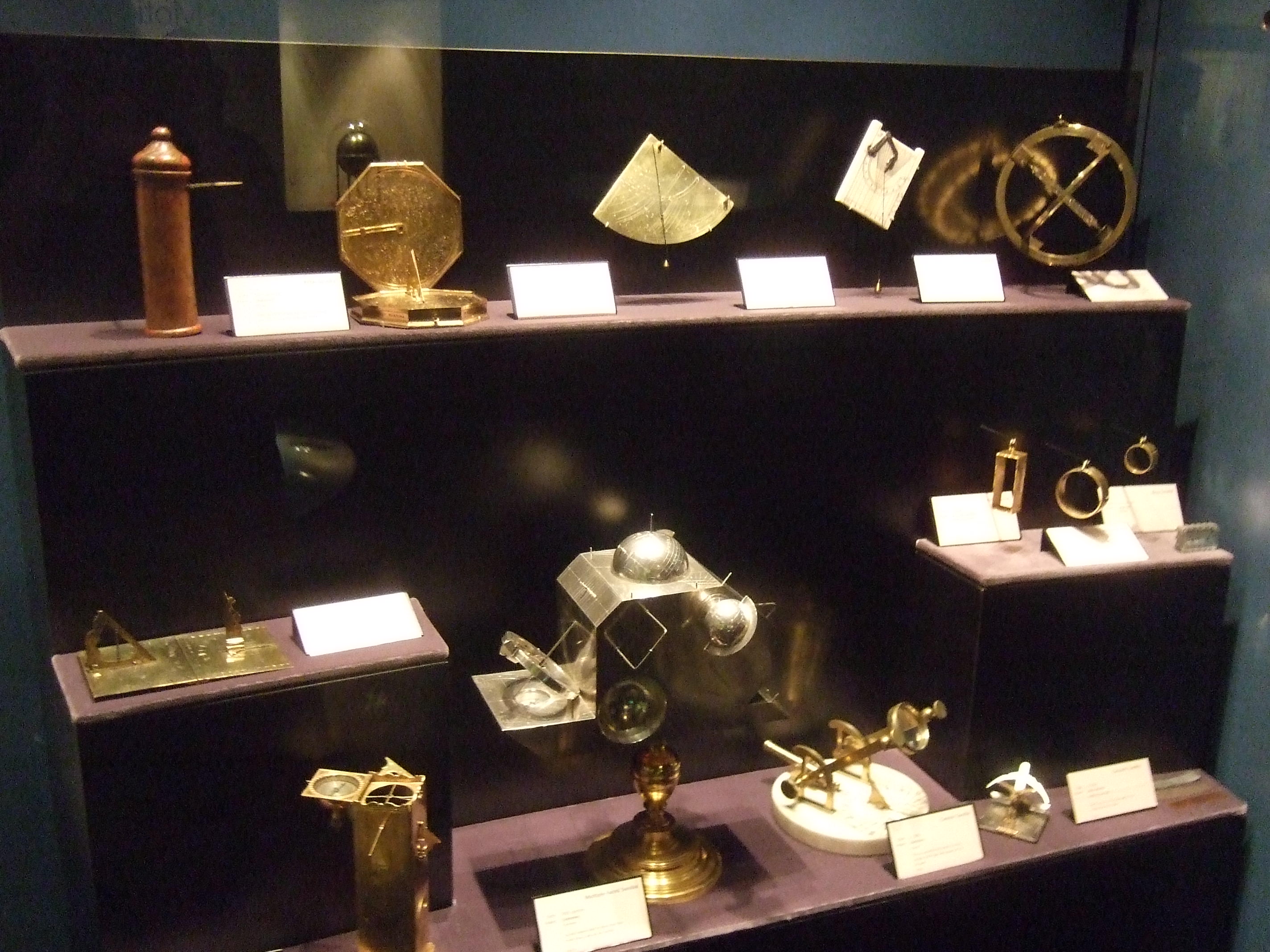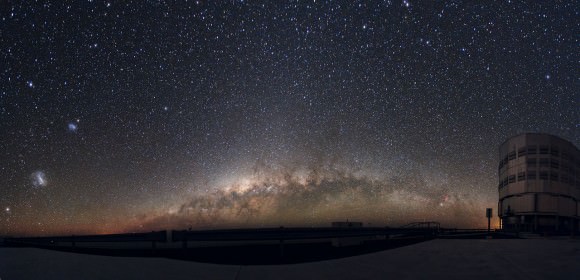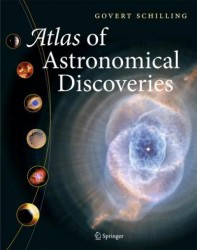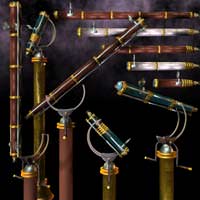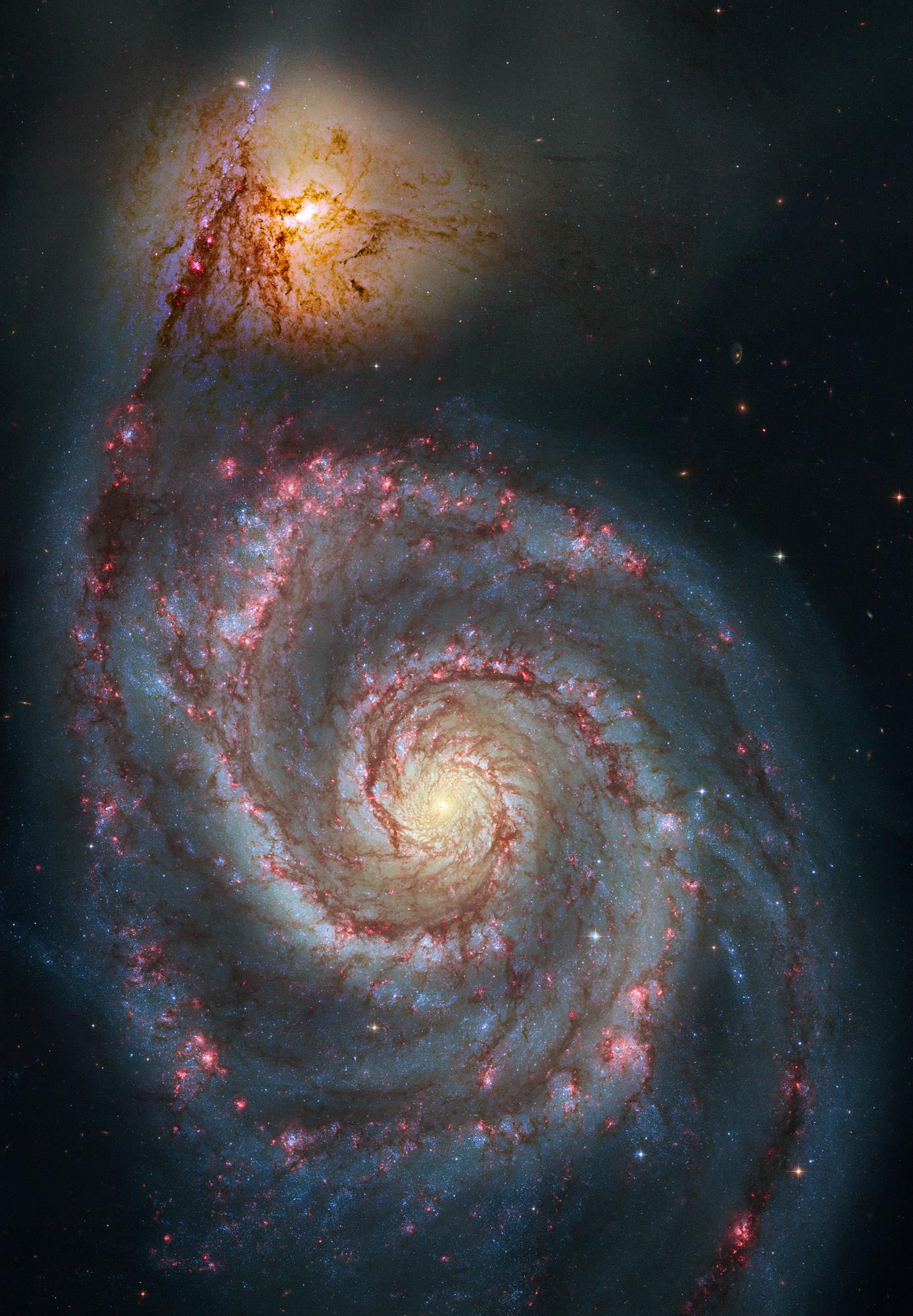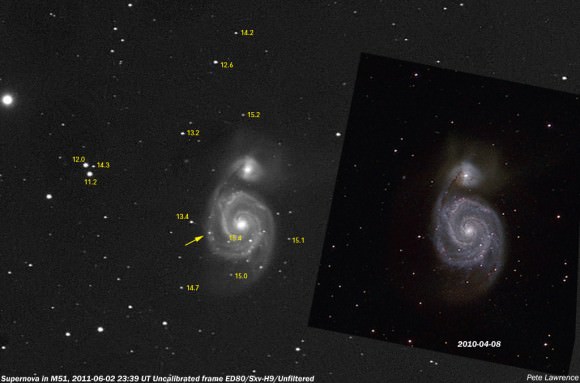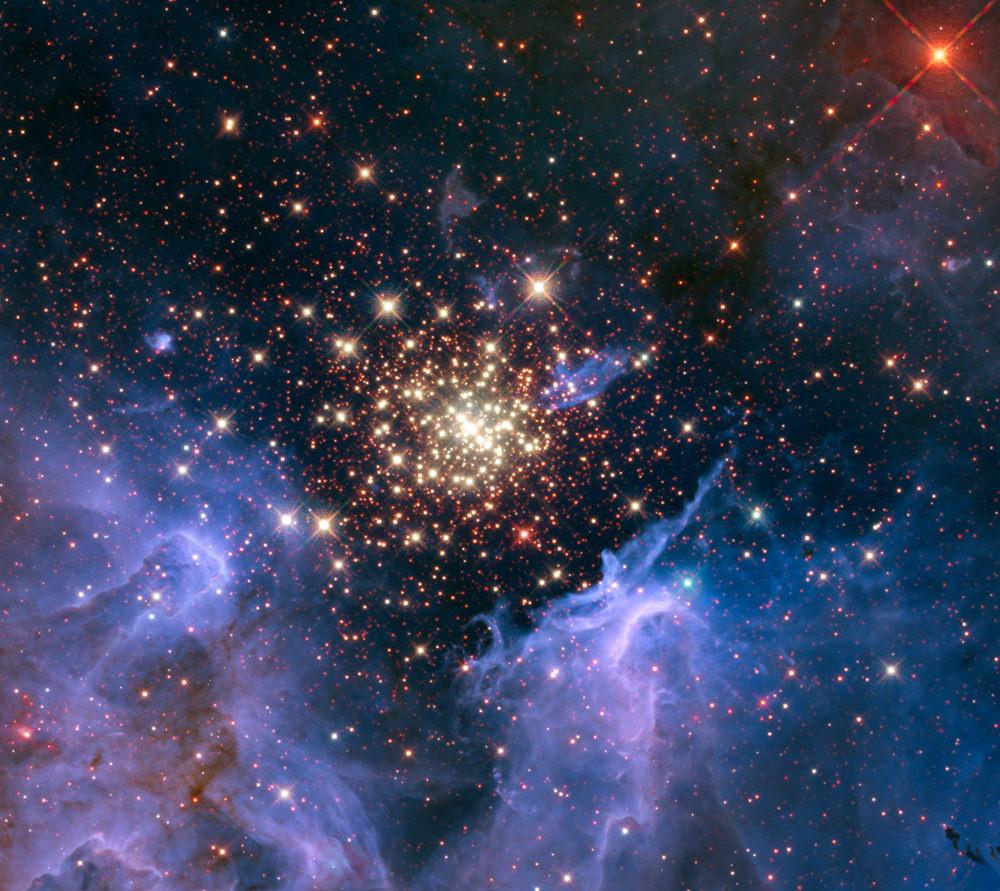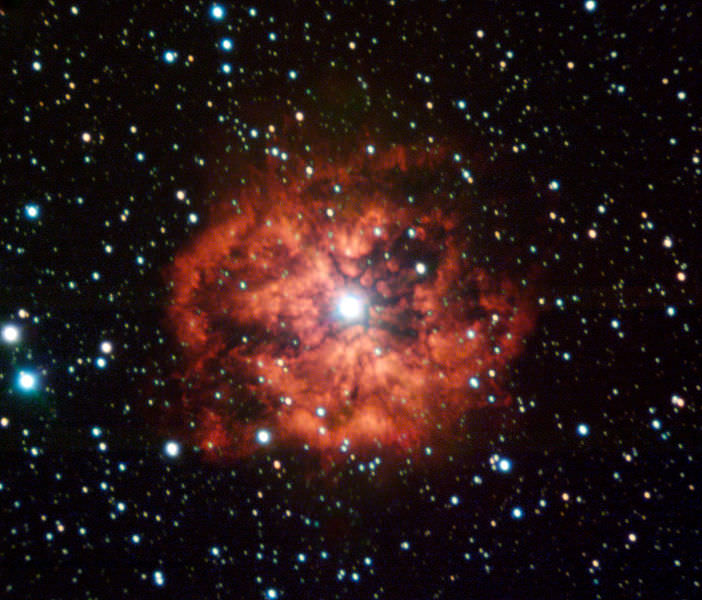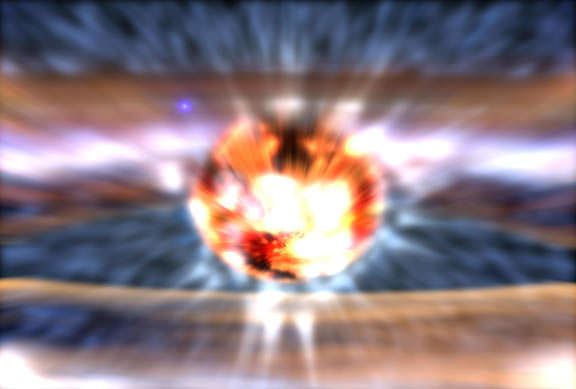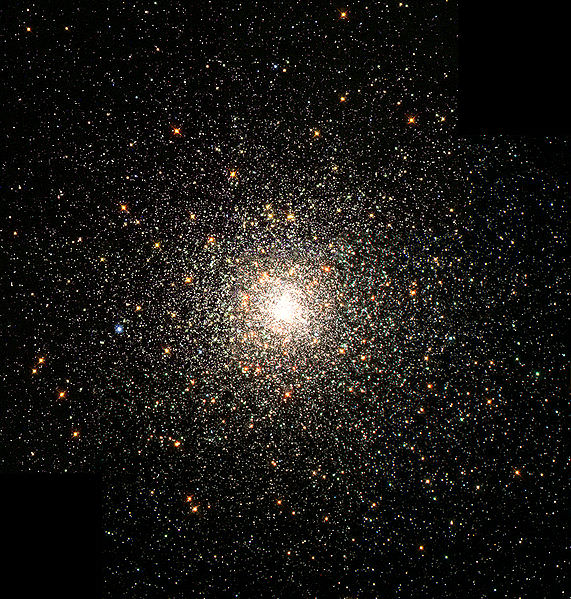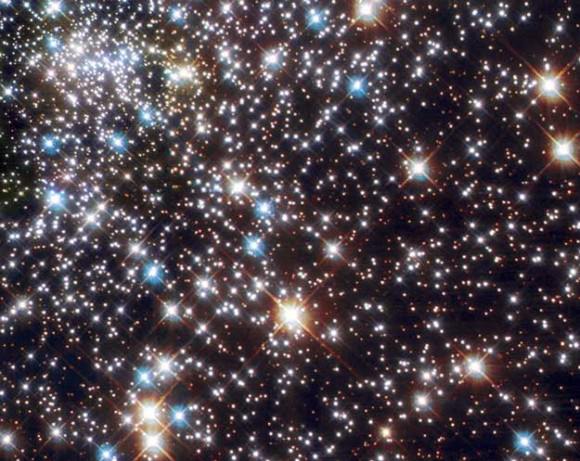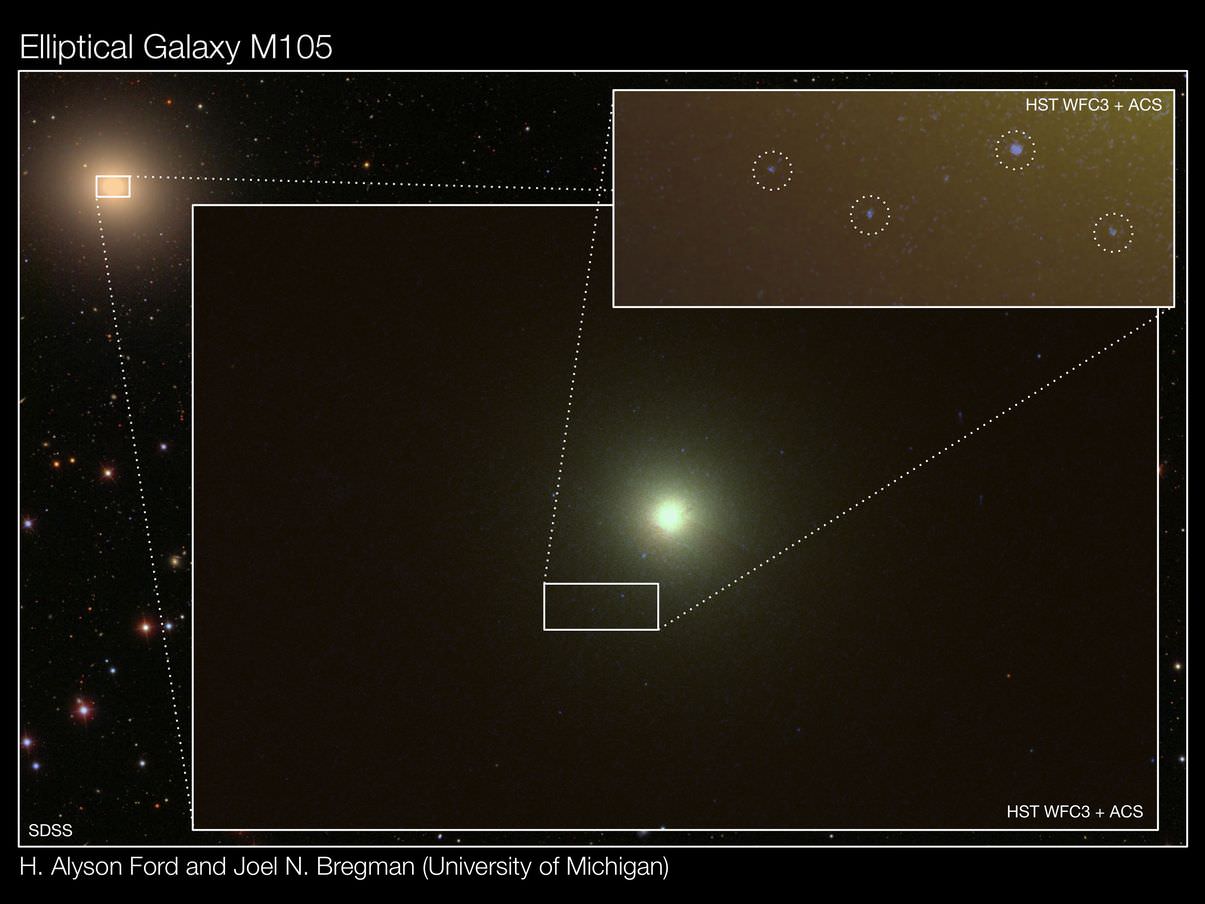[/caption]
At nearly the coldest temperature possible – mercury (with the aid of liquid helium) – forms a state called superconductivity. At the extreme, electrons flow unencumbered through what is known as a superfluid. But the hows and whys of superfluid behavior defied explanation. Until now…
When taken to within a few degrees of absolute zero on the Kelvin scale (minus 273 Celsius or minus 460 Fahrenheit), liquid helium-4 turns into the remarkable superfluid state. It swirls, it curls, and it’s lack of body has been baffling scientists for nearly a century. Now a team led by a University of Washington physicist, using the most powerful supercomputer available for open science, has cooked up a theoretical picture which explains the real-time behavior of superfluid. Just who is the responsible party here? Try subatomic particles called fermions.
Femions are a much a part of the natural equation as electrons, protons and neutrons… just as superfluids are part of neutron stars. Rotating between one and 1,000 times a second, neutron stars – or pulsars – superfluid surface acts much differently than its counterpart here on Earth. As the speed increases, it forms a series of small vortices which group in a triangular pattern… which in turn forms a braid within the superfluid structure. “When you reach the correct speed, you’ll create one vortex in the middle,” Bulgac said. “And as you increase the speed, you will increase the number of vortices. But it always occurs in steps.”
Can science recreate it? Yes. Laboratory models utilizing a vacuum chamber and a laser beam to create a high-intensity electrical field have managed to chill a small sample, perhaps 1 million atoms, to temperatures near absolute zero. Then a “laser spoon” is employed to stir the superfluid fast enough to create vortices.
“In trying to understand the odd behavior, scientists have attempted to devise descriptive equations, such as ones they might use to describe the swirling action in a cup of coffee as it is stirred.” Bulgac said. “But to describe the action in a superfluid made of fermions, a nearly limitless number of equations is needed. Each describes what happens if just one variable – such as velocity, temperature or density – is changed. Because the variables are linked, if one changes others will change as well.”
One of the major challenges in formulating a mathematical hypothesis is the amount of computing power it would take to work through a problem with a number of variable changes that reached 1 trillion or more. So how did they do it? The team used the JaguarPF computer at Oak Ridge National Laboratory in Tennessee, one of the largest supercomputers in the world, for the equivalent of 70 million hours, which would require almost 8,000 years on a single-core personal computer (JaguarPF has nearly a quarter-million cores). Just try to cool that!
“This tells you the complexity of these calculations and how difficult this is,” Bulgac said. To make matters even more complex, the faster the superfluid is stirred causes it to lose its properties – but not as fast as hypothesized. “The work means that researchers can ‘to some extent’ study the properties of a neutron star using computer simulations.” Bulgac said. .”It also opens new directions of research in cold-atom physics.”
And more homework on our part.
Original Story Source: University of Washington.

